Nationality American Period Social realism Role Photographer | Name Dorothea Lange Known for Photography | |
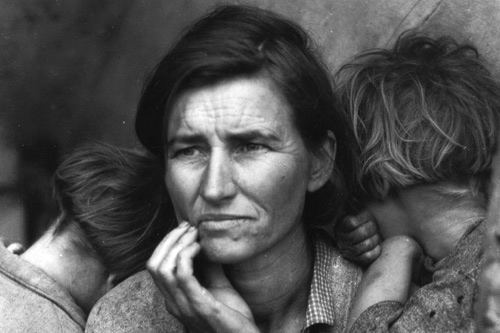 | ||
Full Name Dorothea Margaretta Nutzhorn Died October 11, 1965, San Francisco, California, United States Artwork White Angel Breadline, Tractored Out - Childress, White Horse - from the series Similar People Florence Owens Thompson, Ansel Adams, Walker Evans, Henri Cartier‑Bresson, Diane Arbus | ||
Children John Dixon, Daniel Dixon | ||
Dorothea lange an american odyssey
Dorothea Lange (May 26, 1895 – October 11, 1965) was an American documentary photographer and photojournalist, best known for her Depression-era work for the Farm Security Administration (FSA). Lange's photographs humanized the consequences of the Great Depression and influenced the development of documentary photography.
Contents
- Dorothea lange an american odyssey
- Dorothea lange
- Early life
- Career
- Resettlement Administration
- Japanese American internment
- California School of Fine ArtsSan Francisco Art Institute
- Death and legacy
- References
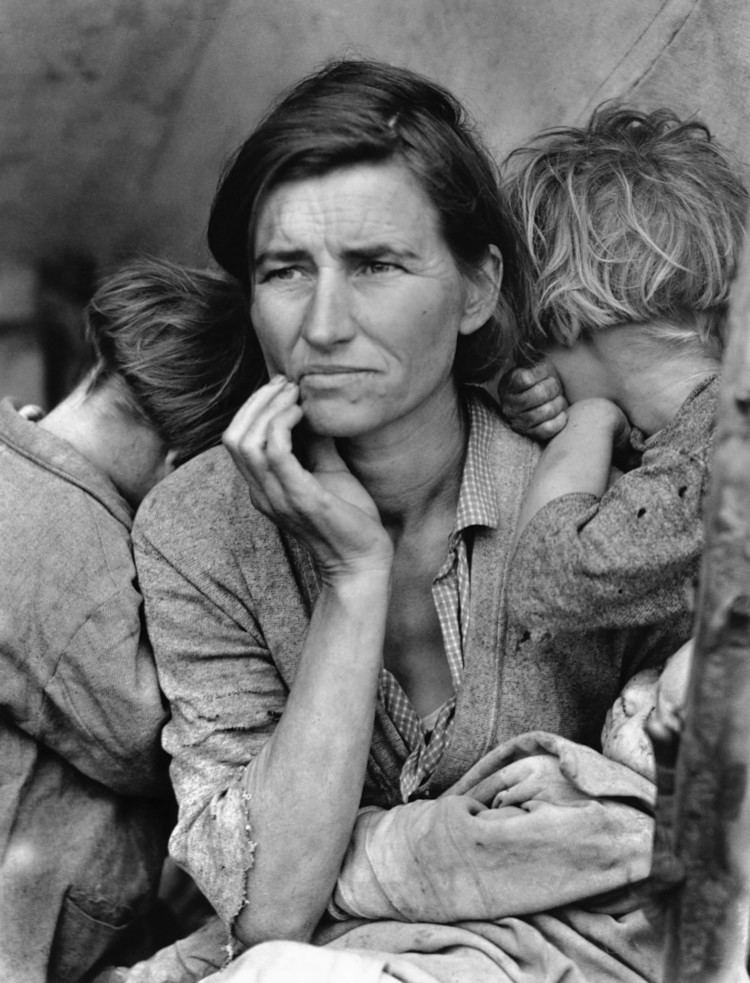
Dorothea lange
Early life
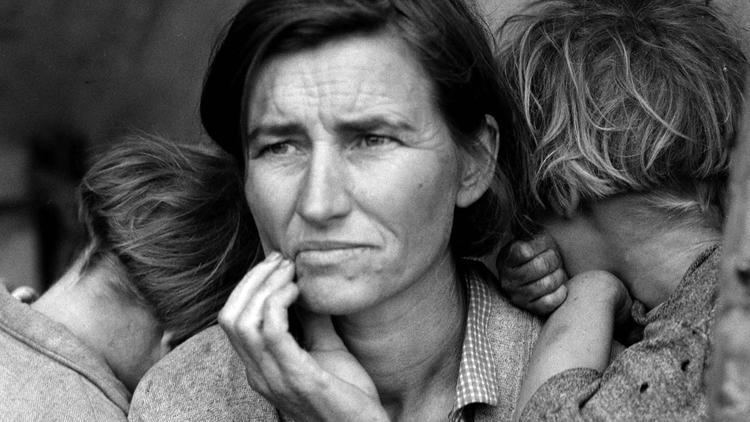
Born of second generation German immigrants on May 26, 1895, at 1041 Bloomfield Street, Hoboken, New Jersey to Heinrich Nutzhorn and Johanna Lange. Dorothea Lange was named Dorothea Margaretta Nutzhorn at birth. She had a younger brother, Martin. She dropped her middle name and assumed her mother's maiden name after her father abandoned the family when she was 12 years old, one of two traumatic incidents early in her Life. The other was her contraction of polio at age seven which left her with a weakened right leg and a permanent limp. "It formed me, guided me, instructed me, helped me and humiliated me," Lange once said of her altered gait. "I've never gotten over it, and I am aware of the force and power of it."
Career
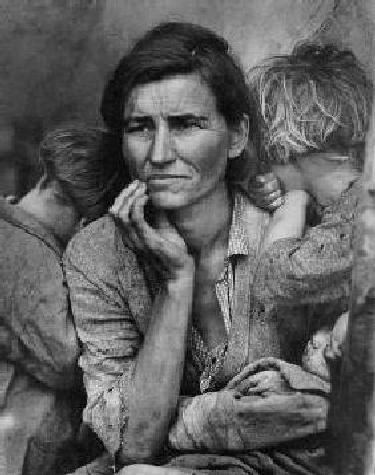
Lange graduated from the Wadleigh High School for Girls and was educated in photography at Columbia University in New York City, in a class taught by Clarence H. White. She was informally apprenticed to several New York photography studios, including that of the famed Arnold Genthe. In 1918, she left New York with a female friend to travel the world, but was forced to end the trip in San Francisco due to a robbery and settled there, working as a photo finisher. By the following year she had opened a successful portrait studio. She lived across the bay in Berkeley for the rest of her Life. In 1920, she married the noted western painter Maynard Dixon, with whom she had two sons, Daniel, born in 1925, and John, born in 1930.

With the onset of the Great Depression, Lange turned her camera lens from the studio to the street. Her studies of unemployed and homeless people, starting with White Angel Breadline (1933) which depicted a lone man facing away from the crowd in front of a soup kitchen run by a widow known as the White Angel, captured the attention of local photographers and led to her employment with the federal Resettlement Administration (RA), later called the Farm Security Administration (FSA).
Resettlement Administration
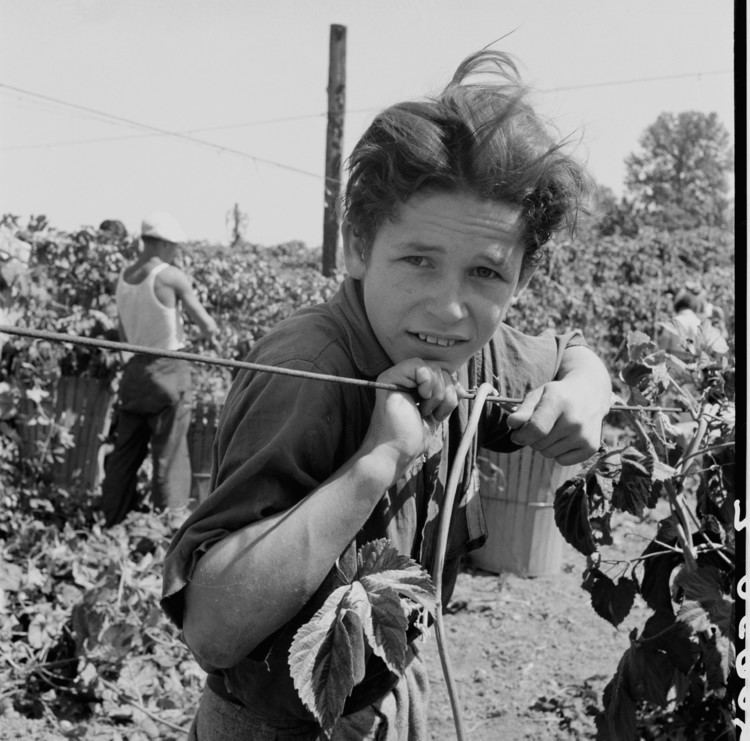
In December 1935, she and Dixon divorced and she married economist Paul Schuster Taylor, Professor of Economics at the University of California, Berkeley. For the next five years they documented rural poverty and the exploitation of sharecroppers and migrant laborers – Taylor interviewing and gathering economic data, Lange taking photos.

Working for the Resettlement Administration and Farm Security Administration, they brought the plight of the poor and forgotten – particularly sharecroppers, displaced farm families, and migrant workers – to public attention. Distributed free to newspapers across the country, her poignant images became icons of the era.

One of Lange's most recognized works is titled Migrant Mother. The woman in the photo is Florence Owens Thompson. In 1960, Lange spoke about her experience taking the photograph:
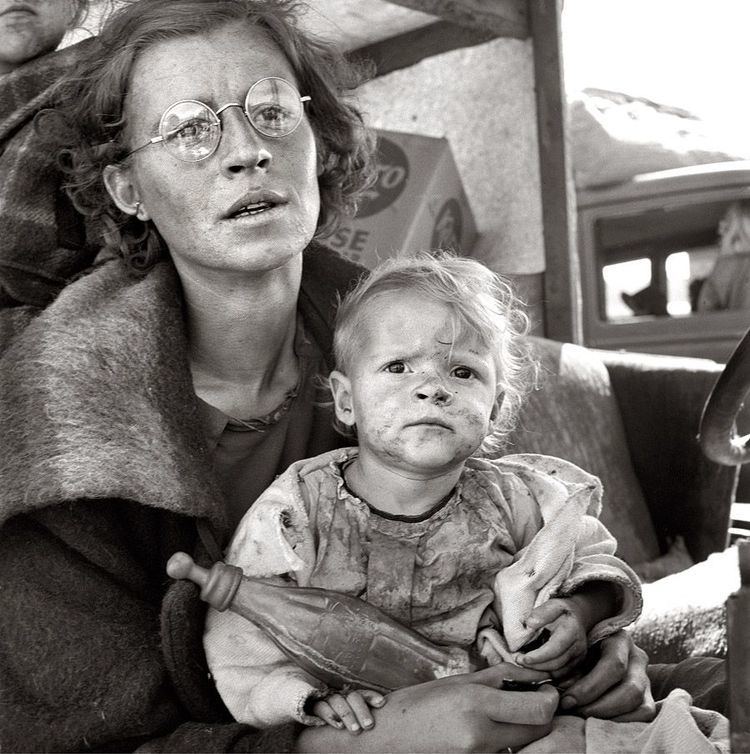
I saw and approached the hungry and desperate mother, as if drawn by a magnet. I do not remember how I explained my presence or my camera to her, but I do remember she asked me no questions. I made five exposures, working closer and closer from the same direction. I did not ask her name or her history. She told me her age, that she was thirty-two. She said that they had been living on frozen vegetables from the surrounding fields, and birds that the children killed. She had just sold the tires from her car to buy food. There she sat in that lean-to tent with her children huddled around her, and seemed to know that my pictures might help her, and so she helped me. There was a sort of equality about it.
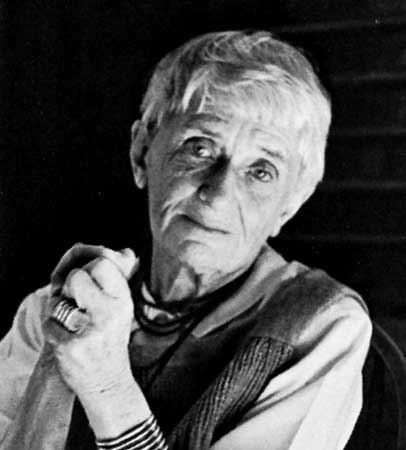
After Lange returned home, she told the editor of a San Francisco newspaper about conditions at the camp and provided him with two of her photos. The editor informed federal authorities and published an article that included the photos. As a result, the government rushed aid to the camp to prevent starvation.

According to Thompson's son, Lange got some details of this story wrong, but the impact of the picture was based on the image showing the strength and need of migrant workers. Twenty-two of the photographs she took as part of the FSA were included in John Steinbeck's The Harvest Gypsies when it was originally published in The San Francisco News in 1936.
Japanese American internment
In 1941, Lange was awarded a Guggenheim Fellowship for achievement in photography. After the attack on Pearl Harbor, she gave up the prestigious award to record the forced evacuation of Japanese Americans from the West Coast, on assignment for the War Relocation Authority (WRA). She covered the internment of Japanese Americans and their subsequent incarceration, traveling throughout urban and rural California to photograph families preparing to leave, visiting several temporary assembly centers as they opened, and eventually highlighting Manzanar, the first of the permanent internment camps. Much of her work focused on the waiting and uncertainty involved in the removal: piles of luggage waiting to be sorted, families wearing identification tags and waiting for transport. To many observers, her photograph of Japanese American children pledging allegiance to the flag shortly before they were sent to camp is a haunting reminder of this policy of detaining people without charging them with any crime.
Her images were so obviously critical that the Army impounded most of them, and they were not seen publicly during the war. Today her photographs of the internment are available in the National Archives on the website of the Still Photographs Division, and at the Bancroft Library of the University of California, Berkeley.
California School of Fine Arts/San Francisco Art Institute
In 1945, Lange was invited by Ansel Adams to accept a position as faculty at the first fine art photography department at the California School of Fine Arts (CSFA), now known as the San Francisco Art Institute. Imogen Cunningham and Minor White joined as well.
In 1952, she co-founded the photographic magazine Aperture. Lange and Pirkle Jones were commissioned in the mid-1950s to shoot a photographic documentary for Life magazine of the death of Monticello, California and of the displacement of its residents by the damming of Putah Creek to form Lake Berryessa. The magazine did not run the piece, so Lange devoted one whole issue of Aperture to the work. The photo collection was shown at the Art Institute of Chicago in 1960. Another series for Life magazine which she began in 1954 featured Martin Pulich, a lawyer, due to her interest in how poor people were defended in the court system which by one account grew out of her experience with her brother’s arrest and trial.
Death and legacy
In the last two decades of her life, Lange's health was poor. She suffered from gastric problems as well as post-polio syndrome – although this renewal of the pain and weakness of polio was not yet recognized by most physicians.
Lange died of esophageal cancer on October 11, 1965, in San Francisco, California, at age 70. She was survived by her second husband, Paul Taylor, two children, three stepchildren, and numerous grandchildren and great-grandchildren. Three months later, the Museum of Modern Art in New York mounted a retrospective show of her work, which Lange herself had helped to curate.
In 2003 Lange was inducted into the National Women's Hall of Fame. In 2006 an elementary school was named in her honor in Nipomo, California, near the site where she photographed Migrant Mother. In 2008 she was inducted into the California Hall of Fame, located at The California Museum for History, Women and the Arts. Her son Daniel Dixon accepted the honor in her place.
